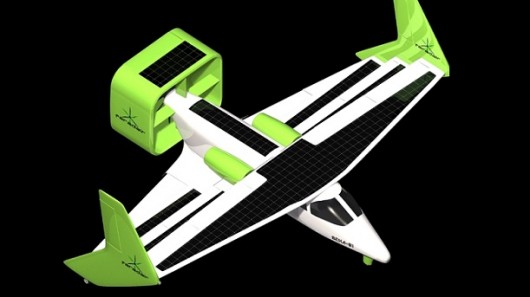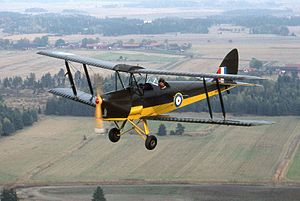YET ANOTHER OFF-THE-WALL AIRCRAFT PROJECT
I LOVE THIS STUFF


THE FARADAIR BEHA CONCEPT
‘BEHA = BIO-ELECTRIC-HYBRID-AIRCRAFT’
I am not a scientist—rocket or otherwise—but I love technology, and have been involved (one way or another) in a number of fascinating technology oriented developments (space related and otherwise—including helicopters and armored vehicles).
We thriller writers get around.
I take the view that creativity is not—and should not be—limited to the arts, so a writer and generalist, like myself, should stretch his brain a little from time to time by becoming involved with projects that are really beyond his technical competence.
Besides, you don’t necessarily need to be technical to evolve a better way of doing things (though you normally do to implement). Sometimes, if you understand the principles, and have perspective, you can make a contribution. Given the chance, the human brain is amazingly versatile.
In that spirit, I have long wondered whether there still isn’t some mileage in bi-planes. Yes, I know that the extra wing imposes a vicious amount of drag, but the extra lift you get is phenomenal. As a consequence, you can take off and land in very short spaces, and you can lift a great deal—providing you are not after speed.
 I well recall seeing a bi-plane, a Tiger Moth (see picture), both land and takeoff in well under half of a rugby pitch when I was at school—something I would have said was impossible if I hadn’t witnessed it.
I well recall seeing a bi-plane, a Tiger Moth (see picture), both land and takeoff in well under half of a rugby pitch when I was at school—something I would have said was impossible if I hadn’t witnessed it.
The full size of a rugby pitch—in case you are dead keen to know—is 133.4 x 74.3 yards. It landed and took off diagonally but I doubt more than 70 yards was involved.
A Tiger Moth’s stall speed can be as slow as 25 knots. That extra wing makes quite a difference.
By the way, a staggering 8,868 were built. It was a very neat, and flyable, aircraft—and deservedly popular as a trainer. Fast, it was not. Primarily is was flown around 100 knots.
Well, we tend to associate flying with speed, but it is not always a requirement. For instance, if you want to do surveillance, it can be quite handy to patrol very slowly—much as a helicopter can do, but at a fraction of the cost—and more safely. Alternatively, because you aren’t road bound, and can fly in a straight line, you can often get to a location much faster than a ground vehicle even if your flying speed is quite modest.
Bi-planes apart, other minor obsessions of mine are hybrid electric aircraft—which are long overdue, in my opinion—and greater use of electric motors in aviation.
Faradair have gone one better than a biplane. They are proposing a triple box-wing design—three wings. Let me quote from that wonderful site www.gizmag.com:
Touted as the world's first true hybrid aircraft, the Faradair BEHA (Bio-Electric-Hybrid-Aircraft) is a triple box-wing design concept that combines electric motors and a bio-diesel engine. Fitted with a range of energy conservation and recovery technologies, including solar panels on all flight surfaces and high-lift, low-speed flight capabilities, the BEHA is intended to be one of the world’s most environmentally friendly aircraft.
Aimed at the traditional multi-role light aircraft market, the BEHA concept is premised for a range of operations with lower cost overheads and minimal environmental effect. Included in a potential list of users are those who are engaged in inter-city travel, operate flight schools, run observation and emergency services, or simply want a low running cost aircraft for recreational use.
To this end, the designers of the BEHA claim that their concept electric design offers true "hybrid" dual-fuel capability with a combined bio-diesel/electric propulsion combination that will put it into a different league from currently available electric aircraft, by no longer requiring ground-based recharging. As such, it is intended that the Faradair craft also employ such energy recovery technologies as all flight surfaces being skinned with solar panels, along with wind-turbine technology to allow battery-charging for the vehicle whilst it is in-flight or on the ground.
The plan is to equip the BEHA concept with twin electric fan motors (from the company's renderings, somewhat similar in appearance to those used on the recently flown Airbus E-Fan electric aircraft) that deliver some 200 hp (150 kW) each, in combination with a similarly powerful bio-diesel generator incorporating a ducted pusher propeller. Designed to take off and land using electric power, the bio-diesel engine is intended to recharge the batteries whilst the craft is cruising to increase the overall performance and flying time.
"Markets will be opened up as this lightweight, state-of-the-art, carbon fiber, high-lift designed aircraft will negate night flight restrictions and pollution concerns," says Neil Cloughley, Managing Director of Faradair Aerospace Limited. "Its truly radical and futuristic design aims to follow in the footsteps of other great aviation achievements by becoming a game changing aircraft that helps transform aviation as we know it today."
"This aircraft will be one of the most eco-friendly and safest aircraft in the world, costing somewhere close to $1m US Dollars per aircraft," says Cloughley. "Plus our production facility will be equally environmentally focused."
Recently launched on Kickstarter, the company intends to spend the next 12 months through 2015 on Research and Development, with a specific aim to complete specifications and fabrication of prototype parts, provided its £20,000 Kickstarter aspirations are met.
The video below shows the company's Kickstarter pitch and some animations of the concept.
Source: Faradair
VOR words 304


No comments:
Post a Comment